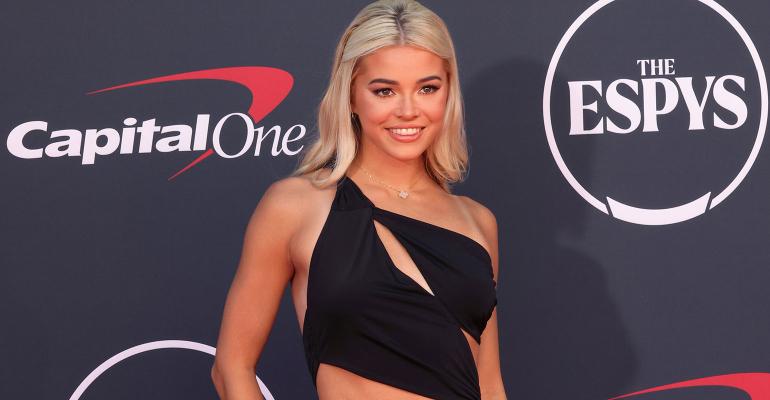Since its inception on July 1, 2021, the Name, Image and Likeness (NIL) program has reshaped compensation for college athletes. For student-athletes, NIL offers both an opportunity for economic independence and to sharpen our business acumen. For wealth managers, the shift presents a unique opportunity to support student-athletes in understanding and navigating decisions around their new income—both while they are signing NIL deals and for those who transition to professional athletics. Across the wealth management ecosystem, there is space for education and offerings around the NIL program and its implications today and in the years to come.
NIL: Carpe Diem or Caveat Emptor
Despite common misconceptions, athletic scholarships are not the norm for the 340,000 NCAA athletes, and with 20-40 hour training schedules, having a part-time job during the school year is not a viable option for most. In a survey done in 2019, almost 60% of NCAA athletes stated they were in debt when they graduated college. With fewer than 2% of college athletes going on to play professionally, students can find themselves in a difficult position financially, both before and after graduation. This is exactly where the value of NIL lies.
NIL offers students the opportunity to earn income and learn something even more valuable: how to budget, invest, save, and distinguish a good opportunity from a scam. For most, the incremental income may help to offset some student debt or pay some bills. For others, it might be life-changing, and require the type of wealth management and financial planning most college students do not need. For wealth managers, NIL has created a new pool of clients (either currently or after graduation) with complex financial needs and little experience with managing their own money.
NIL Nest Egg
With NIL, athletes are given an opportunity to work toward a more stable future before moving into the professional world. For example, an athlete engaged in NIL deals could begin contributing money to a Roth IRA — If a 20-year-old student earned $10,000 after taxes from NIL and invested it at 6% until they were 65, it would grow to $147,800. NIL deals don’t need to exceed $100,000 to have a significant impact on students’ financial futures. With proper guidance, student-athletes can make the most of even modest, local NIL deals.
Opening the Financial Floodgates for Women’s Sports
While NIL may be a great opportunity for all college athletes, it also has the potential to be an equalizer for female athletes, with many generating outrageous social media followings and revenue. According to Opendorse, the college powerhouse, football, remains on top of all sports accounting for 49.9% of all NIL compensation through May 2023. However, excluding football, women’s sports made up 52.8% of total NIL activities – roughly 5.6% more than other men’s sports. Out of the top 10 NIL activities by sport through June 2023, six of them were women’s sports. Female athletes who have long lost out on fair payment are finally catching up, and NIL is a crucial part of that. As University of Oregon basketball star Sedona Prince said, “Without NIL … I would kind of be forced into this path of going to the WNBA, earn about $60,000 a year, and just run my body down until I'm not able to walk in my 50s, which is so sad that it is such a reality that we have to face as women athletes. So now I have that freedom where I can just live the life that I want and invest my money correctly, doing well, and get money to put to the future."
The future of the NIL
We are not yet three years into this NIL reality, and deals are already becoming increasingly complex. Top NIL earners may have the support of agents and lawyers, but most student-athletes are left to navigate these complexities alone. Universities are beginning to recognize the importance of supporting student-athletes with these matters, and in the future, we may see the continued formalization of these processes. Several schools including Duke, Rutgers, and Arizona State University have hired NIL general managers to assist their student-athletes in connecting with brands and securing deals, and many more will surely follow. We’re also likely to see the scope of students involved in these deals expand as new imaginings of what falls within NIL emerge. All these factors create more complexities and ultimately more intersections with the world of wealth management.
The NIL program has ushered in a new era for college athletes, one with a new set of possibilities and challenges. Students now have more opportunities than ever, especially female athletes who have historically faced disparities in compensation. But that opportunity also comes with immense financial responsibility, and young athletes should not have to navigate that alone. From organizations like the NCAA to universities to wealth managers, true collaboration from all parties with be crucial in ensuring that student-athletes make the most of these opportunities and have the tools they need to start building a secure financial future.





